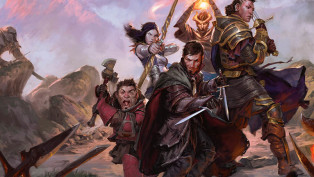
July 18th, 2022










Create your D&D Beyond account today, and start using the guided character builder. For Dungeon Masters, build and manage your campaigns with DM tools. All with official Dungeons & Dragons digital content!
Plus, sign up for the newsletter in order to get the latest info on Dungeons & Dragons products, events, and special offers!